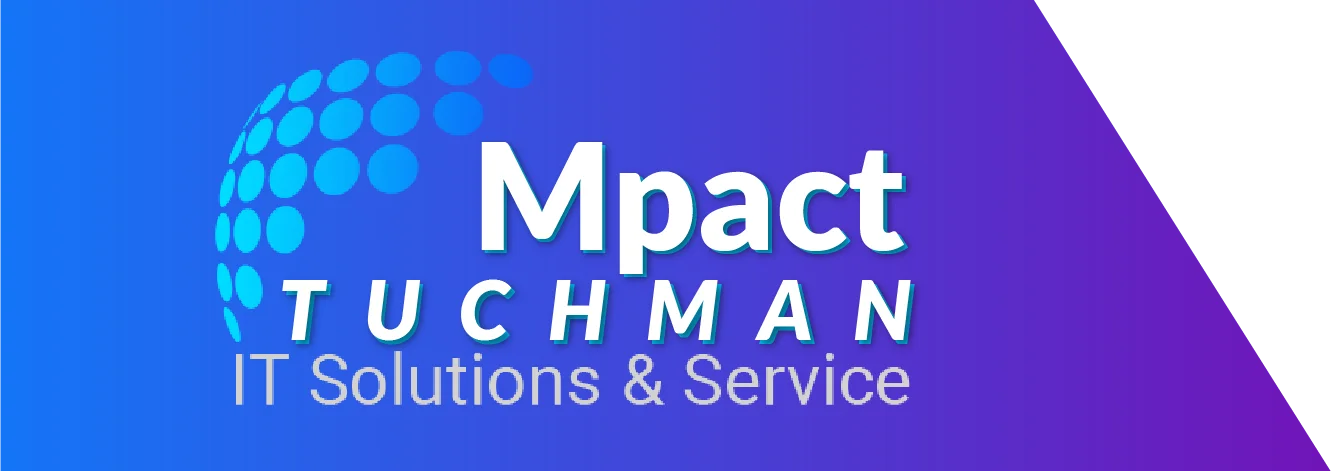In the rapidly evolving landscape of healthcare, data has emerged as a powerful tool for driving innovation, improving patient outcomes, and enhancing operational efficiency. Northeast Pennsylvania, with its rich history in healthcare and a thriving network of hospitals, clinics, and research institutions, is uniquely positioned to harness the transformative potential of healthcare data. This comprehensive guide will explore the strategies and technologies that are revolutionizing the use of data in the region’s healthcare sector.
Understanding Healthcare Data
Healthcare data encompasses a wide range of information, including electronic health records (EHRs), diagnostic imaging, genomic data, patient-generated data from wearable devices, and administrative data. This data is generated in vast quantities, and when properly collected, integrated, and analyzed, it can yield invaluable insights that can drive improvements across the healthcare continuum.
Benefits of Healthcare Data Analytics
By leveraging advanced data analytics techniques, healthcare organizations in Northeast Pennsylvania can unlock numerous benefits, including:
Improved Patient Outcomes
Predictive analytics can help identify high-risk patients, enabling early interventions and personalized treatment plans, leading to better health outcomes and reduced hospitalizations.
Enhanced Care Delivery
Data-driven insights can optimize resource allocation, streamline clinical workflows, and improve care coordination, resulting in more efficient and effective healthcare delivery.
Population Health Management
By analyzing demographic, socioeconomic, and health data, healthcare providers can identify trends, design targeted interventions, and address health disparities across communities.
Cost Optimization
Advanced analytics can help reduce healthcare costs by identifying inefficiencies, optimizing supply chain management, and minimizing waste and redundancies.
Precision Medicine
By integrating genomic data, clinical information, and environmental factors, healthcare organizations can develop personalized treatment plans tailored to individual patients’ needs.
Data Governance and Privacy
As healthcare data becomes increasingly valuable, it is crucial to establish robust data governance frameworks and ensure strict adherence to privacy and security regulations. In Northeast Pennsylvania, healthcare organizations must comply with the Health Insurance Portability and Accountability Act (HIPAA) and other relevant regulations to protect patients’ sensitive information.
Data Integration and Interoperability
One of the significant challenges in leveraging healthcare data is the siloed nature of information systems. Healthcare organizations in Northeast Pennsylvania must prioritize data integration and interoperability to enable the seamless exchange of information across different systems and platforms. Adopting industry standards, such as Fast Healthcare Interoperability Resources (FHIR), can facilitate seamless data sharing and enable more comprehensive analytics.
Artificial Intelligence and Machine Learning
Artificial Intelligence (AI) and Machine Learning (ML) are at the forefront of healthcare data innovation. These technologies can analyze vast amounts of data to uncover hidden patterns, make accurate predictions, and support clinical decision-making. Northeast Pennsylvania’s healthcare organizations can leverage AI and ML in areas such as:
- Imaging Analysis: AI-powered algorithms can assist radiologists in detecting abnormalities, improving diagnostic accuracy, and reducing the risk of missed diagnoses.
- Clinical Decision Support: ML models can integrate patient data, medical knowledge, and evidence-based guidelines to provide real-time decision support to clinicians, enhancing diagnostic accuracy and treatment planning.
- Natural Language Processing: AI can analyze unstructured data, such as clinical notes and medical literature, enabling more comprehensive data integration and insights.
- Drug Discovery and Development: AI and ML can accelerate drug development by identifying potential drug targets, predicting drug-drug interactions, and optimizing clinical trial design.
Talent Development and Partnerships
To fully leverage the power of healthcare data, Northeast Pennsylvania’s healthcare organizations must invest in talent development and foster strategic partnerships. Building a skilled workforce proficient in data science, analytics, and healthcare informatics is crucial. Collaboration with academic institutions, such as the University of Scranton, Wilkes University, and Penn State Hazleton, can provide a pipeline of skilled professionals and facilitate knowledge transfer.
Furthermore, partnerships with technology companies, research institutions, and other healthcare organizations can drive innovation, knowledge sharing, and the development of cutting-edge solutions.
Data-Driven Healthcare Innovation
By embracing data-driven approaches, healthcare organizations in Northeast Pennsylvania can drive transformative innovations that improve patient care, enhance population health, and create a more efficient and sustainable healthcare system. From personalized medicine and telehealth to predictive analytics and virtual reality training, the possibilities are vast and exciting.
Conclusion
Revolutionizing healthcare data in Northeast Pennsylvania requires a comprehensive strategy that encompasses data governance, integration, analytics, and talent development. By embracing advanced technologies, fostering strategic partnerships, and cultivating a data-driven culture, the region’s healthcare organizations can unlock the full potential of data to drive better health outcomes, optimize operations, and shape the future of healthcare delivery.











